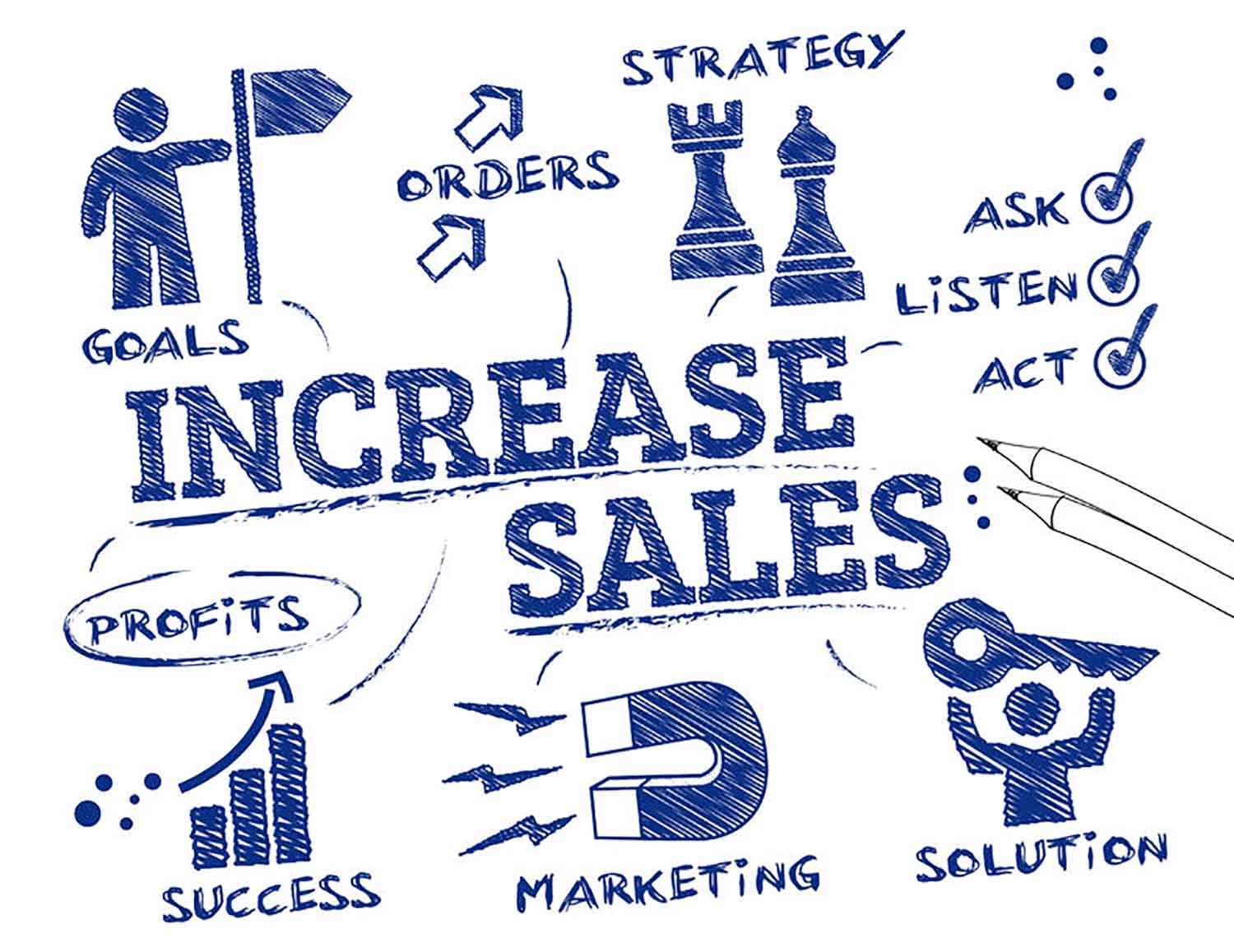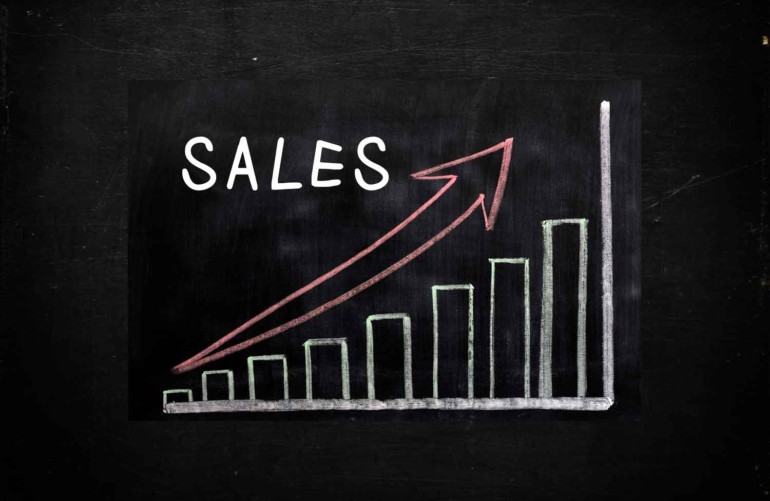Our salesperson isn’t value selling but rather pitching products. He likes to discount add-on services, which are a big profit margin for us. He’s told some clients we would do it at cost. We need to fix this now. He’s starting to make headway in sales with bigger accounts coming in. We could end up losing a lot in profits.
Thoughts of the day: Stress value selling benefits over price to him. Does he how the business makes a profit? Is he calling on the right class of customers? Equip each salesperson with an effective information-gathering approach. Check that everyone is clear on what the goals are. Use reporting to evaluate and learn from results. Have a plan to get more referral business from the best customers.
Value selling provides value to the customer
Make sure your salesperson understands what it is you do and how that benefits your customers. Take salespeople on calls to meet your best customers and hear their stories. Have them write up case studies of customers who are raving fans of your company.
If you’re concerned about add-on products or services, find customers who will talk about how they have used those add-ons to:
- Save time, money, effort;
- Make a greater profit for themselves;
- Score a huge impact with their customers; or
- Otherwise, significantly improve their business.
Make your salespeople believers in the value and importance of what your company provides. Then train them how to appropriately price that value.
Value messaging sells an outcome not a product
Check that you and your salesperson have the right prospect list. Bottom-feeding prospects will have a harder time seeing the value over price-benefit of your add-ons. Go get more value selling customers who place a high value on the help your business provides to them.
Don’t let your salespeople get beat up by customers who ask for discounts. If all the salesperson hears is that they have to cut prices, it can become a self-fulfilling prophecy over time. Make sure that your prospect list includes buyers who are highly motivated and can afford what you’re charging for your services or product.
It’s OK for a customer to ask why things cost what they do. A salesperson needs to make inquiries of their own:
- “Have you ever made a similar type of purchase?”
- “What’s the ballpark for what you’re willing to pay?”
- “What other options are you considering and how would you compare those to what we’re offering?”
- “How do you plan to use this product or service? What happens if this solution doesn’t meet your needs? How would that make you feel?” (if they don’t say, “devastated” to the last question, watch out!)
Difference between value and price
When value selling, set goals for more than just revenue. Make sure you and your salesperson are also clear about the number of accounts to be opened. The amount of each product or service that is to be sold and the amount of gross profit to be earned. Be clear upfront as to what you expect.
Likewise, review results continuously. Recap profitability by customer, by product, and by service. Sometimes salespeople will use high profits on one item to subsidize the sale of another item. Evaluate if you should be mandating pricing, rather than giving your salesperson so much leeway. If you’re counting on a particular class of sales to deliver unusually high profits, make sure that’s how it’s getting sold.
In conclusion, build a referral plan to help your salespeople get introduced to more potential “best” customers. Once satisfied, profitable customers will likely know others just like themselves and be happy to tell them about the experience if asked. It can reference other customers’ satisfied experiences.
“Selling Profitably in a Discounted World: 10 Reasons Why Your Business Is Not More Profitable and What To Do About It” by Jim Butler.




